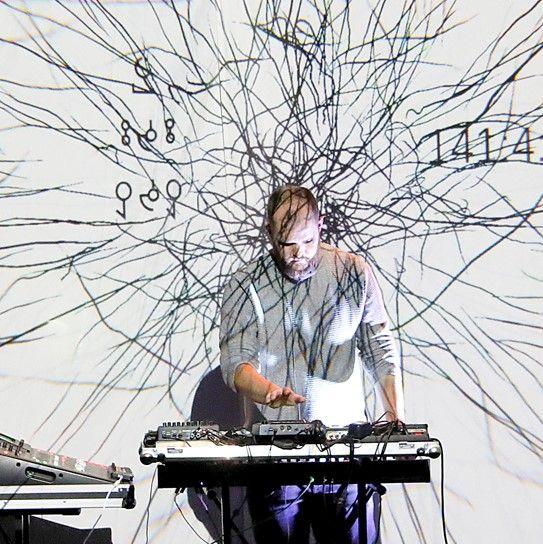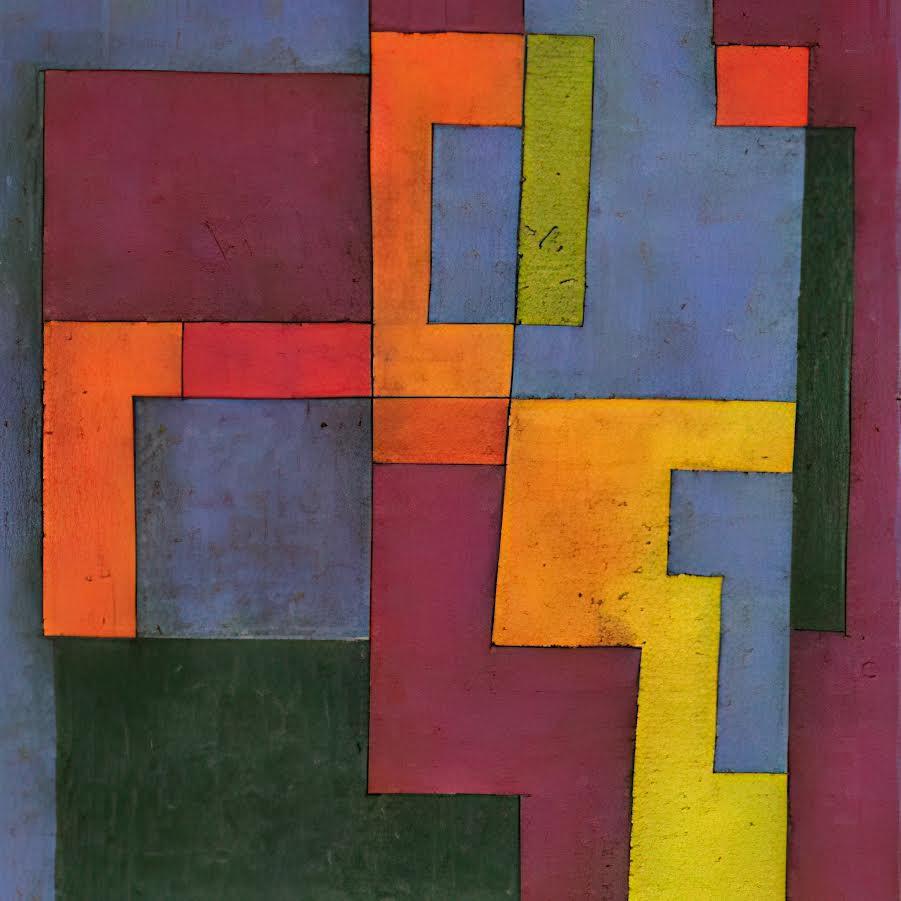Urban Legends: The Debt
Director, Kolibri Theatre
completedPlayOn!

SummaryKolibri Theatre’s latest PlayOn! coproduction invites the audience on a special journey through time and space using immersive technologies and interactive elements. Realised within the framework of the ’Budapest Grand Novel’ project "Urbán legendák - A tartozás / Urban Legends - The Debt" invites the spectators to step out of the theatre space and into the city, where they can take part in an extraordinary "theatre audio walk" with headphones on their ears.
The play is based on Renátó Fehér's "Kaleidoscope", originally published as the 6th District/Terézváros chapter of the Budapest Grand Novel, which was adapted for Kolibri Theatre by István Tasnádi.
In the story, a father and son set out to collect a debt. They wander the streets of Terézváros from Jókai Square to Nyugati Railway Station but find only fragments of the past: objects from a lost exhibition from the change of regime, a homeless man from a better time, moments from the ever-changing, much-seen Nyugati Square. The surreal walk, full of surprises, ends with the evocative opening of the shopping mall next to the station. "We got home. We are at home finally."
___________________________________________________________
A Kolibri Theatre production as part of the Creative Europe project PlayOn! in collaboration with the Academy for Theatre and Digitality
Introduction
The most important question was to figure out what kind of story requires to be performed not inside the theatre venue, but on the street.
This is an audiowalk, so the audience listens to the performance with headphones on. The special thing about this performance is that they hear not only pre-recorded sound but also the actors' voices live. Another challenging technical solution was the use of AR. For this, we made a motion capture recording, and then with this avatar, the main character has a scene in the performance.
I was curious about how the audience’s focus can be led in a busy street or square, where anything can happen, and how the street turmoil can be incorporated into the performance. Also, whether many seemingly loosely connected episodes come together to form a complex experience.

Creative Process
How did the collaborators work together on this project?
The most important thing was the planning: since the performance consisted of many individual parts, we first saw how these separate elements were connected only during the run-throughs. Therefore, our collaborators often worked completely separately from each other.
What forms of trial-and-error occurred?
One of the biggest challenges was adapting the live voice to the sound system, creating the avatar, and finally creating an application. They had many flaws.
Did you use existing software and/or applications?
We used existing motion capture recording software (Rokoko), but the coders developed AR software for the avatar. The app is called Urbán Legendák and can be downloaded from known distributors (AppStore and Google Play)
Did any of your questions or goals change?
Now, I see how many hidden challenges there are to make a performance in a busy urban space.
What were the key milestones in the development of the production?
Finding the topic, then choosing the location (planning the route), technical preparation (motion capture recording - avatar; headphones, live sound), developing the text and story, rehearsals and testing.

Reflections
The performance is a success that exceeds all expectations. We have created an audio walk that is more complex than any similar production that I or my experienced colleagues have seen before.
In what ways was the production a success?
On one hand, it can be considered successful due to its uniqueness, and on the other hand, due to the unusual genre, the spectator receives a special, incomparable experience.
What elements of the final production would you change?
There were parts of the show that I changed or left out before the premiere. But I would change the scene with the avatar if I could.
What advice would you give to artists taking a similar approach?
When you choose the route, observe not only the locations but also what usually happens there, as this information should be integrated into the performance.






